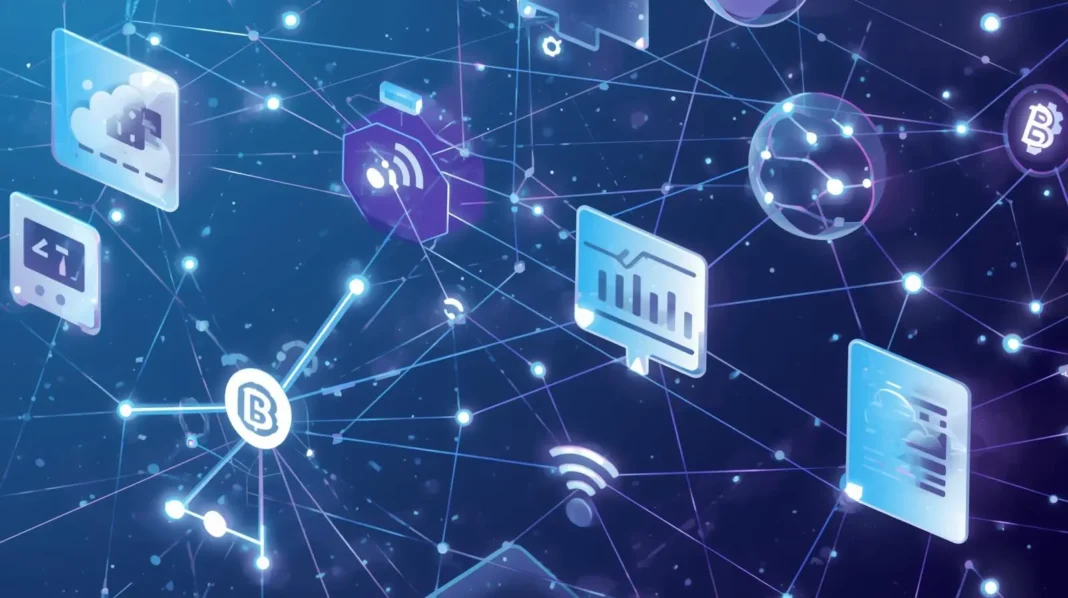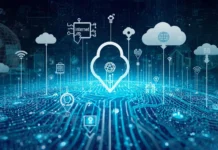What is IoT?
IoT refers to a network of physical devices embedded with sensors, software, and connectivity that enables them to send and receive data over the internet. These devices can range from everyday household items like refrigerators and thermostats to industrial machines and wearable fitness trackers.
How IoT Devices Communicate
IoT devices communicate through various technologies, including Wi-Fi, Bluetooth, Zigbee, and cellular networks. The general process works like this:
- Data Collection – Sensors in the device collect information (e.g., temperature, motion, or health metrics).
- Data Transmission – The device sends this data to a central system or cloud platform.
- Data Analysis – Software or AI analyzes the data to generate insights.
- Action – Devices respond automatically or send alerts to users.
This seamless communication allows IoT devices to operate intelligently without constant human intervention.
Examples of IoT in Daily Life
1. Smart Homes
- Devices: Smart lights, thermostats, security cameras, and voice assistants.
- Benefits: Automate daily tasks, improve energy efficiency, and enhance home security.
2. Healthcare
- Devices: Wearable fitness trackers, remote monitoring devices, and smart medical equipment.
- Benefits: Monitor patients’ health in real-time, reduce hospital visits, and enable early detection of medical conditions.
3. Industry and Manufacturing
- Devices: Industrial sensors, automated machines, and predictive maintenance tools.
- Benefits: Improve efficiency, reduce downtime, and optimize production processes.
4. Transportation and Logistics
- Devices: Connected vehicles, GPS trackers, and smart traffic management systems.
- Benefits: Optimize routes, monitor vehicle conditions, and reduce fuel consumption.
Benefits of IoT
- Automation – Devices operate independently, reducing manual intervention.
- Data-Driven Decisions – Real-time data allows better decision-making in business and daily life.
- Efficiency and Cost Savings – Optimized processes lead to reduced energy usage and operational costs.
- Enhanced Convenience and Safety – Smart devices improve quality of life and security for users.
Conclusion
The Internet of Things is revolutionizing the way we interact with our environment. By connecting devices and enabling them to share information, IoT creates smarter homes, safer healthcare systems, and more efficient industries. As IoT technology advances, it will continue to transform everyday life, businesses, and global infrastructure, making the world more connected than ever before.



